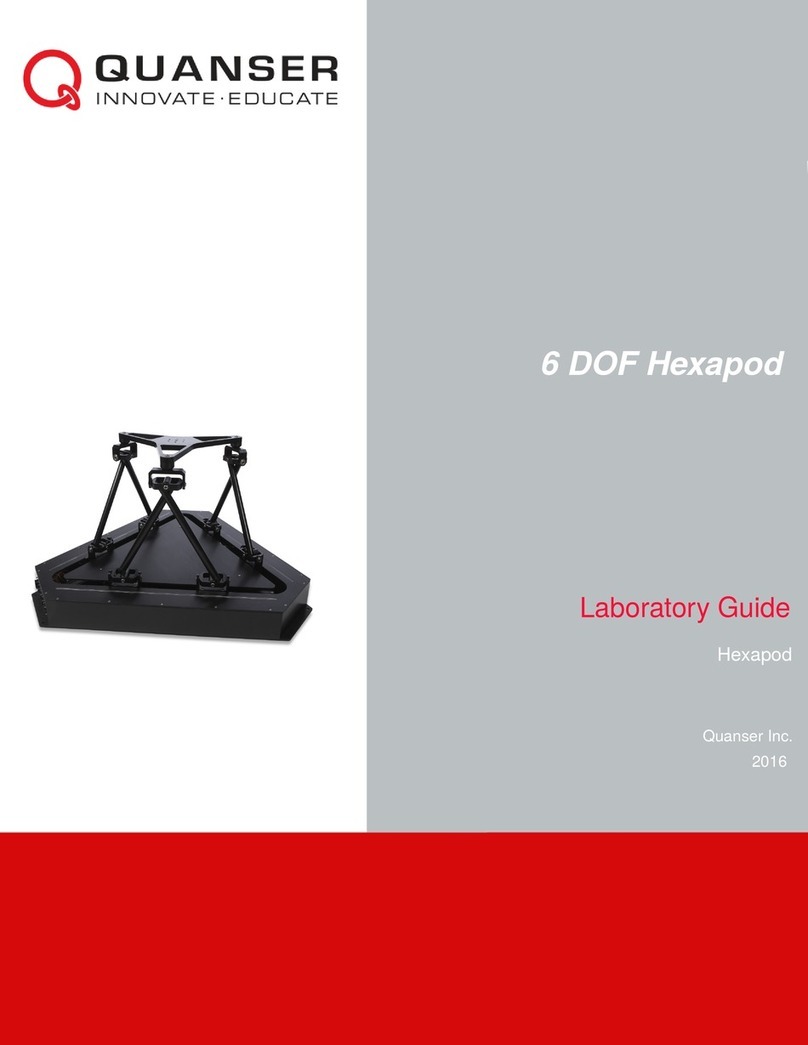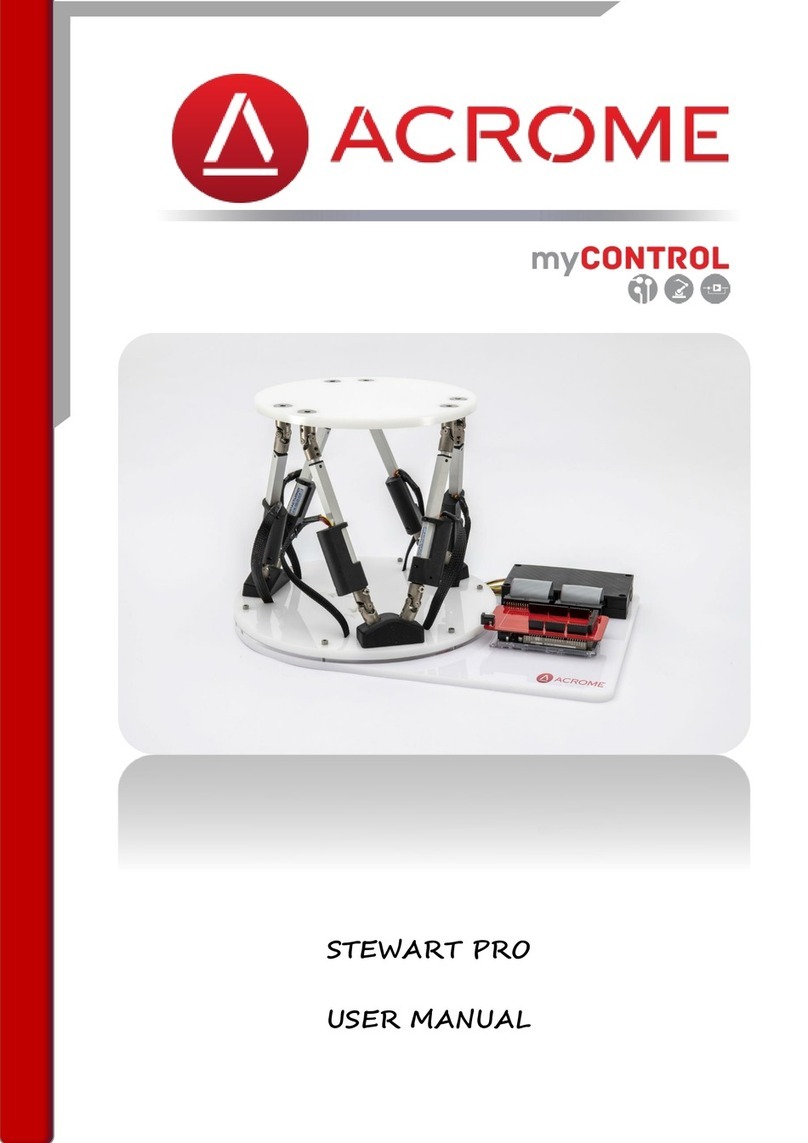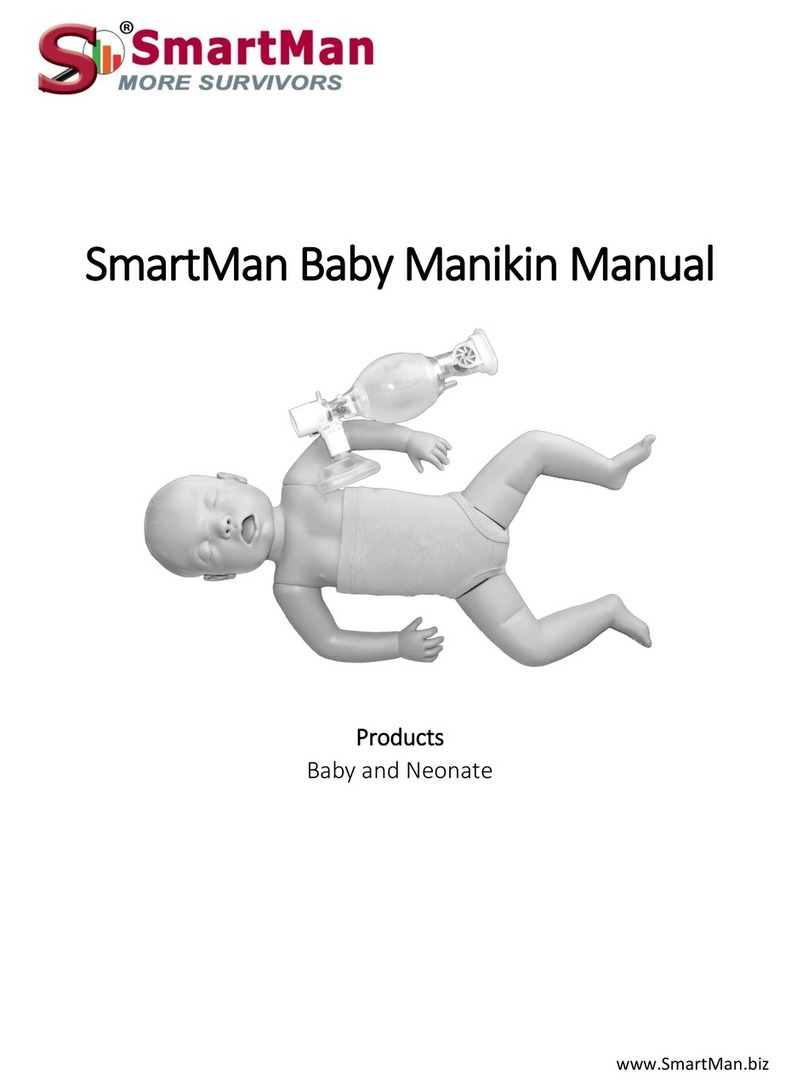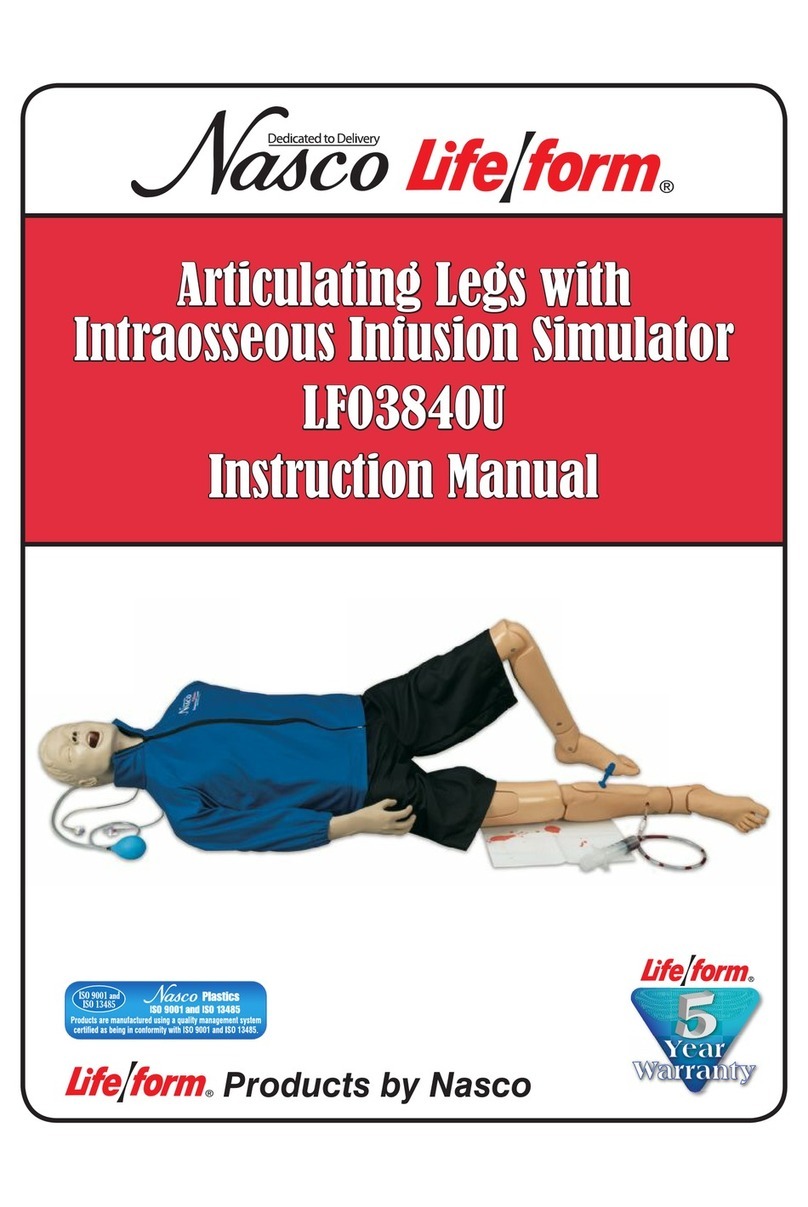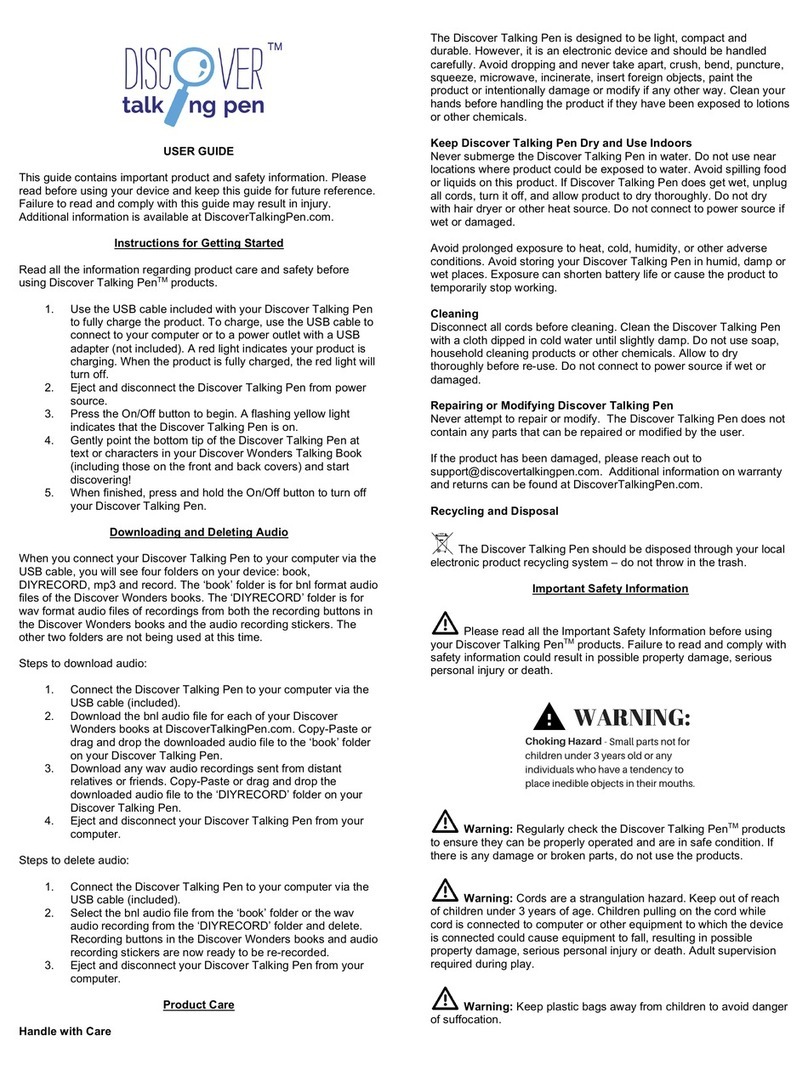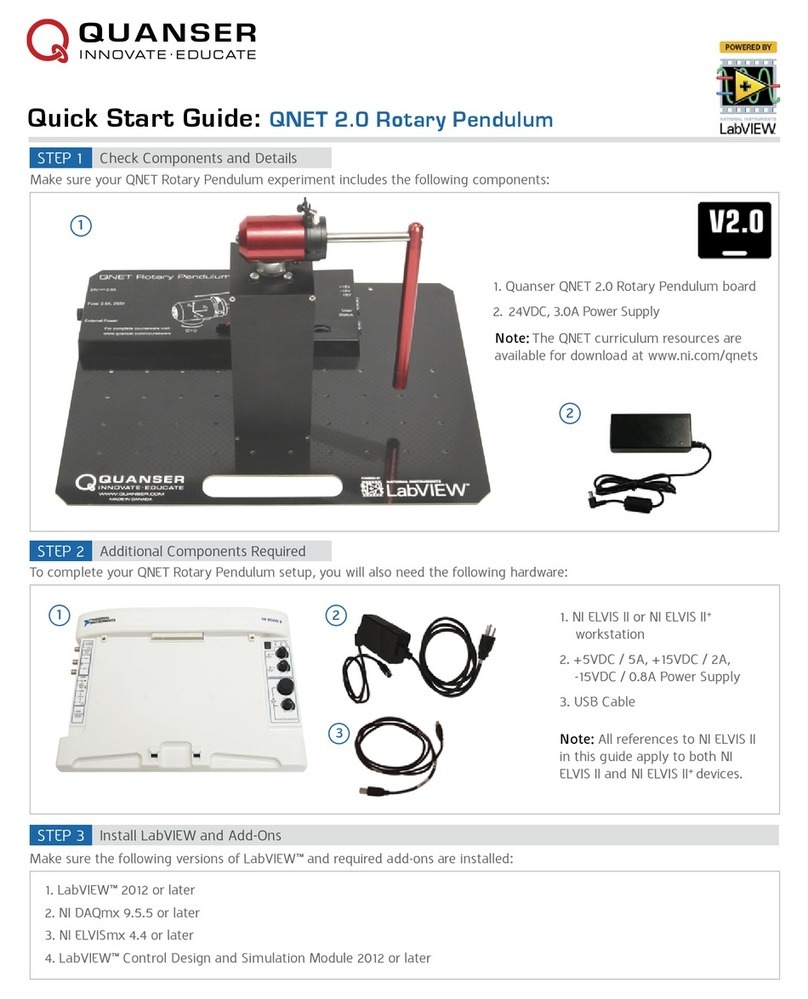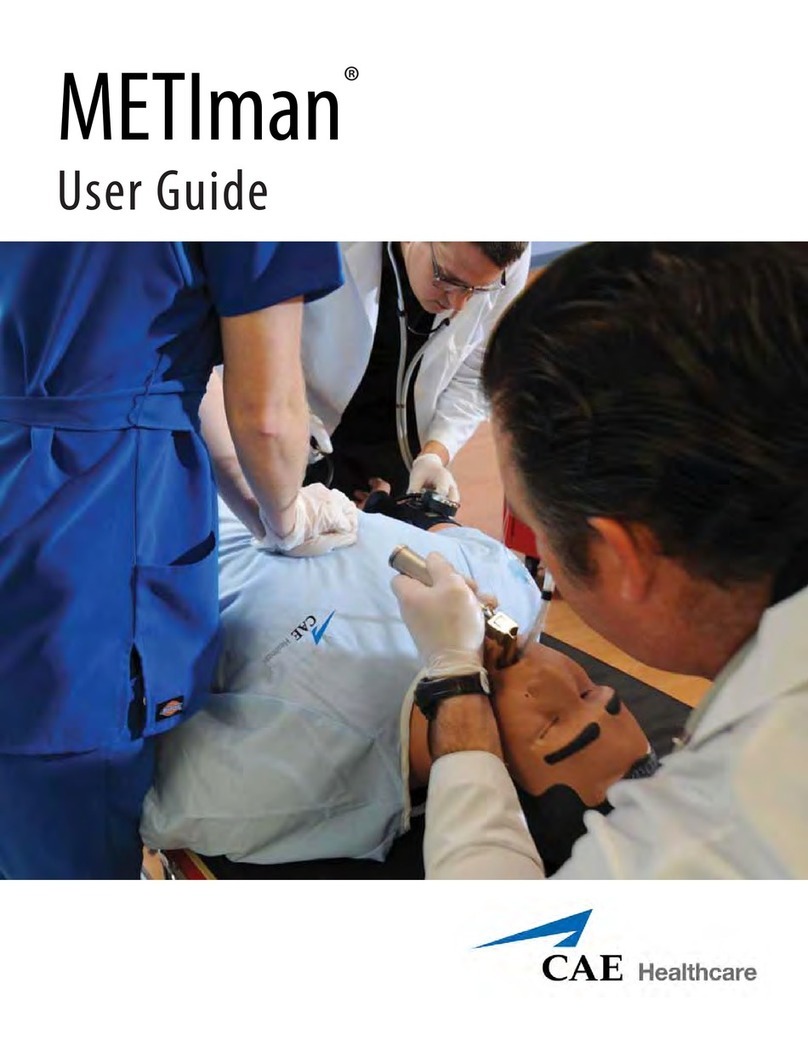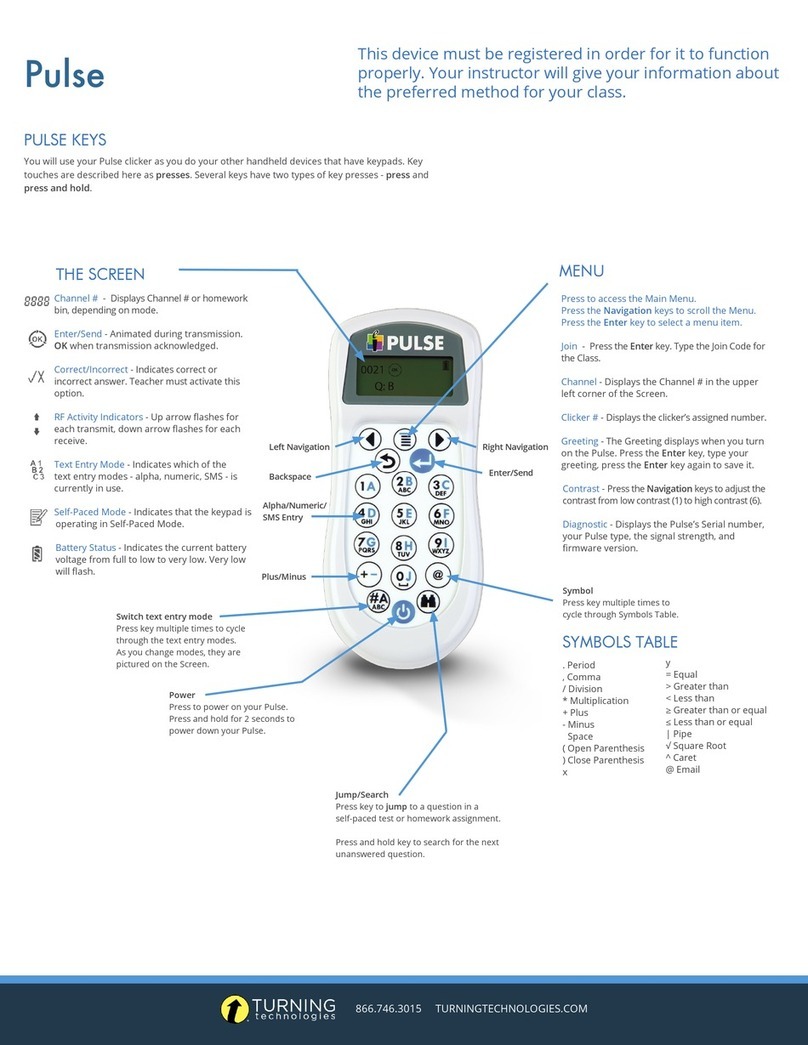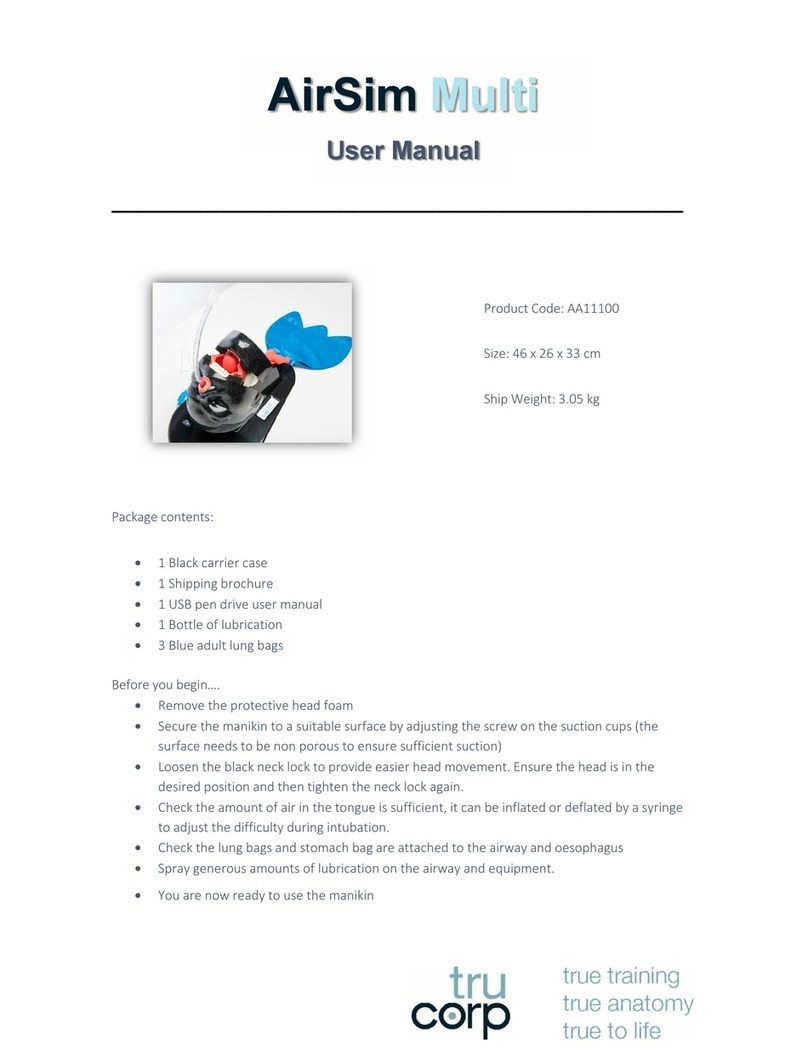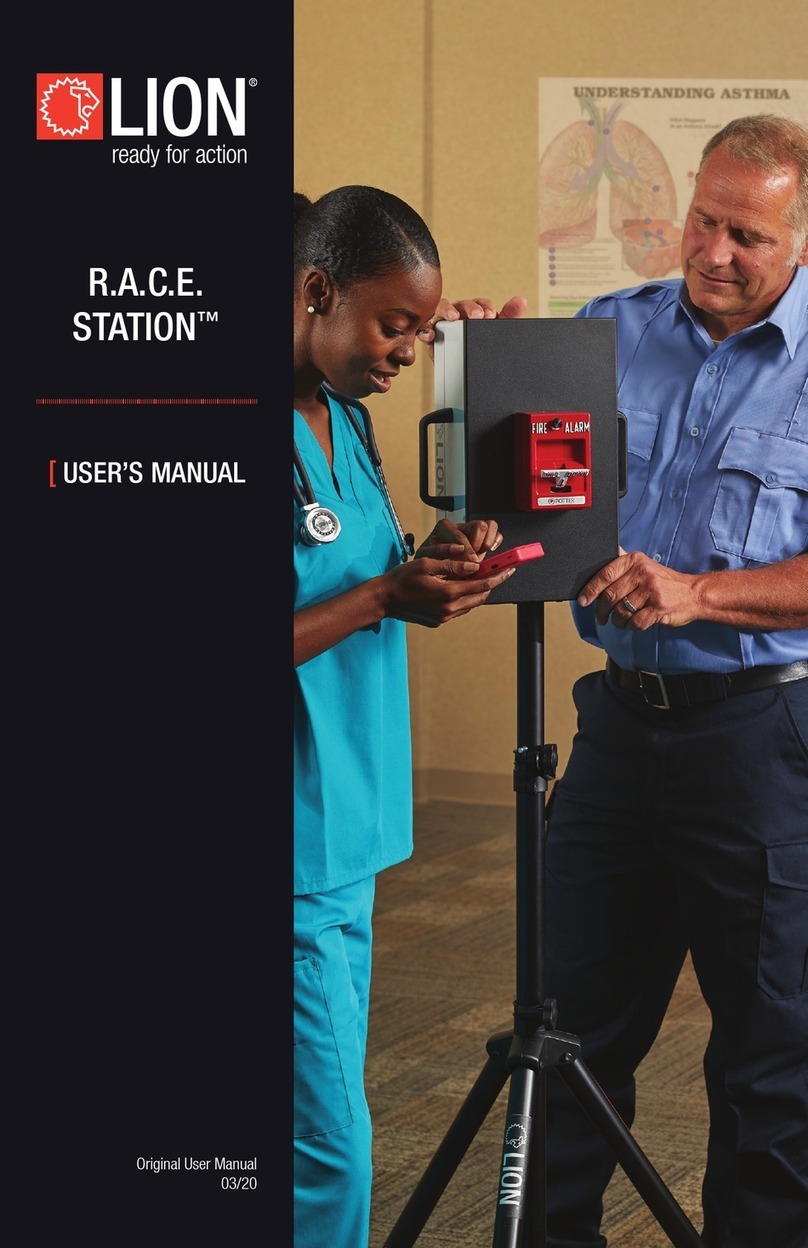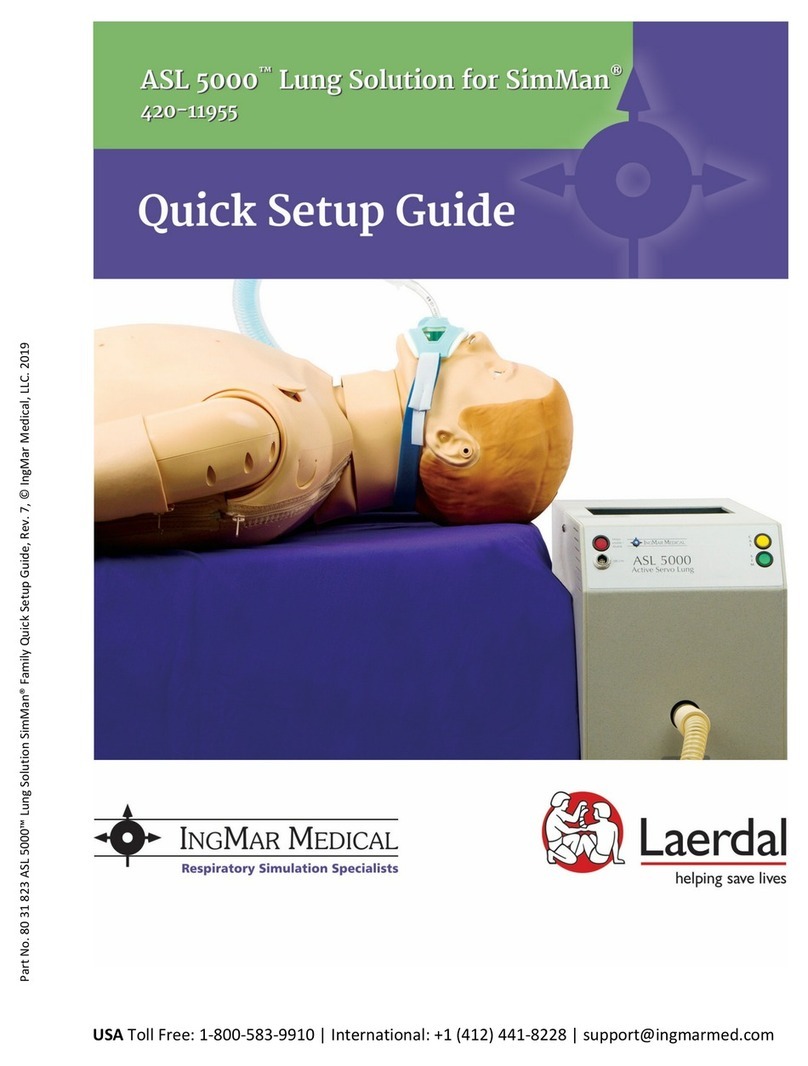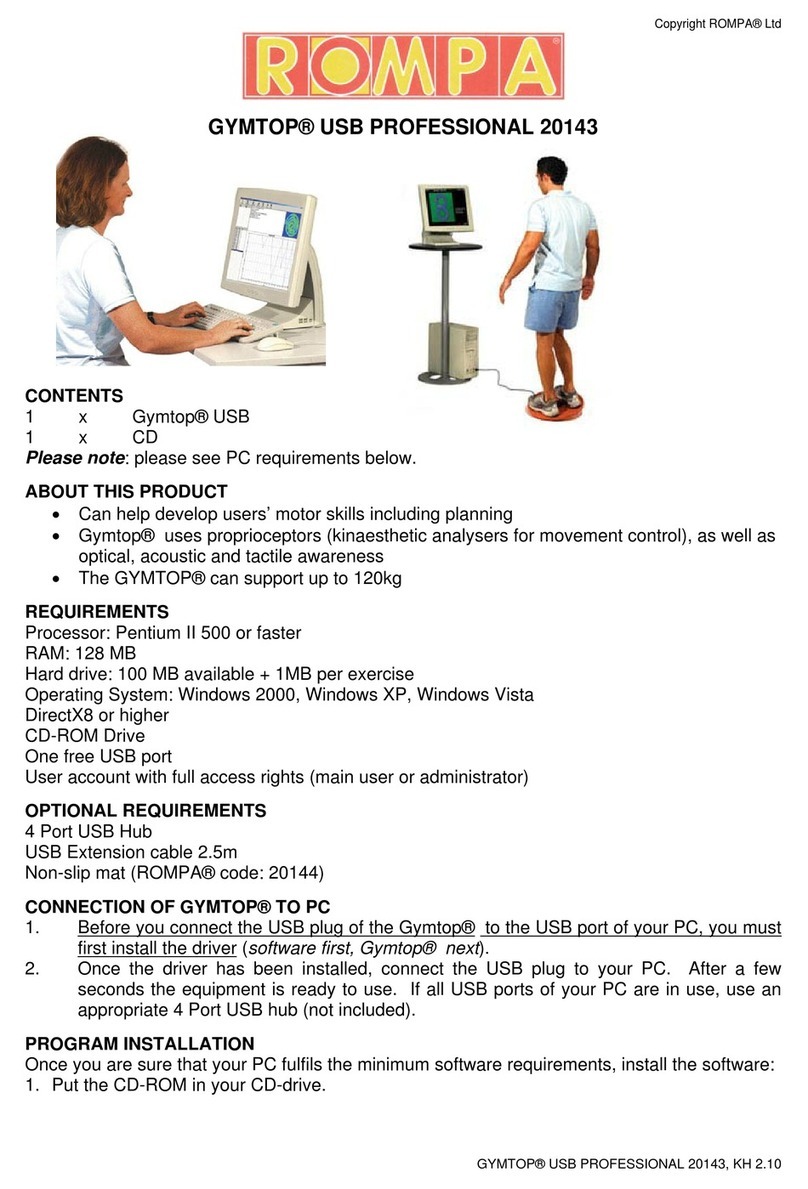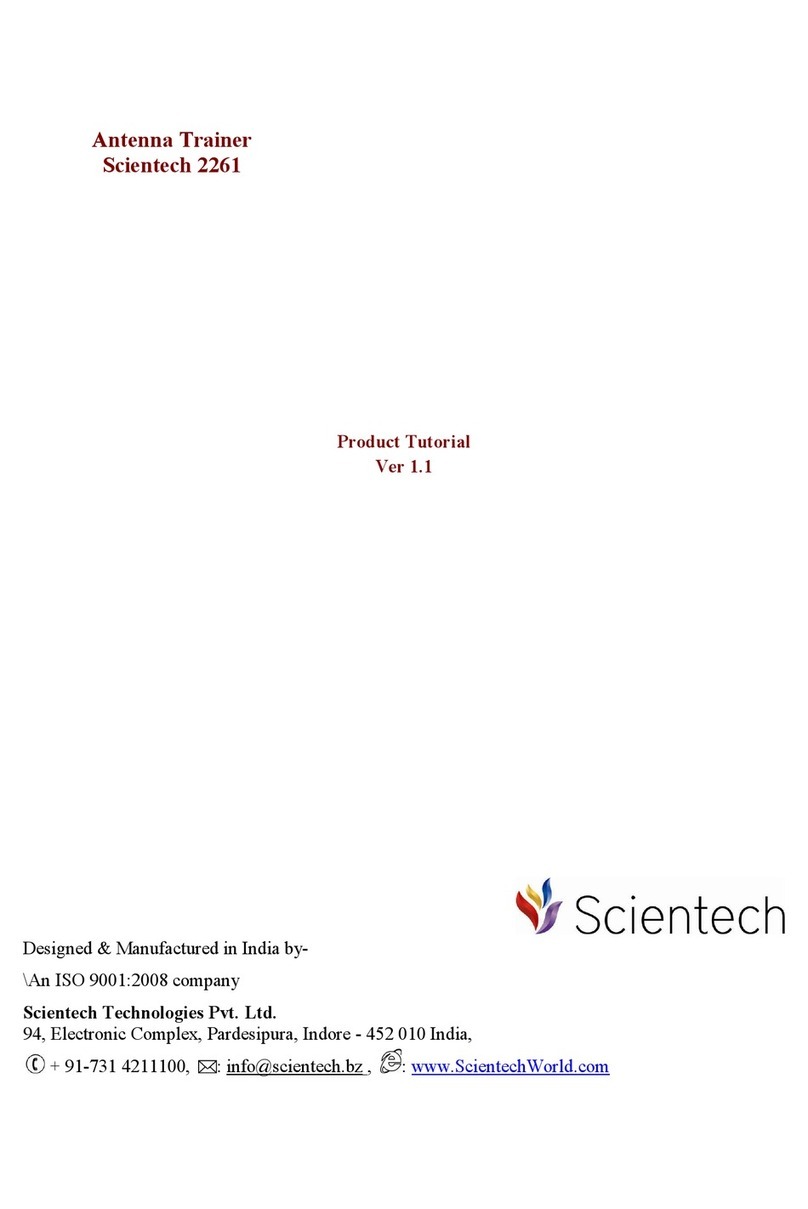Table of Contents ........................................................................................................2
Table of Figures ..........................................................................................................4
1. Preface .................................................................................................................5
2. General Safety .......................................................................................................6
2.1 Hazards ...................................................................................................................6
2.2 Electrical Safety .......................................................................................................6
3. Product Specifications ...........................................................................................7
4. Unpacking and Inspection ......................................................................................9
5. Hardware ............................................................................................................10
6. Software .............................................................................................................12
7. Using Kronos .......................................................................................................15
7.1 Setting Up Kronos ...................................................................................................15
7.2 Preparing Kronos for Experiments ...........................................................................15
7.3 Choosing the Excitation and Detection Wavelengths ................................................15
7.4 Acquiring Data .......................................................................................................18
8. Familiarizing Yourself with the Reference Samples ................................................20
8.1 Base Catalysis of the cis-trans Isomerization of Congo Red .....................................20
8.2 Determination of the Activation Energy of the Thermal Back Reaction of One
Spiropyran in Toluene .............................................................................................23
9. Operation of Kronos .............................................................................................27
9.1 Start-Up .................................................................................................................27
9.2 Choose Experiment Mode and Set Parameters .........................................................27
9.3 Finding the Signal ..................................................................................................27
9.4 Acquiring Data .......................................................................................................27
9.5 Shutdown ..............................................................................................................27
10. Basic Theory .......................................................................................................28
10.1 Transient Optical Spectrometry ..............................................................................28
